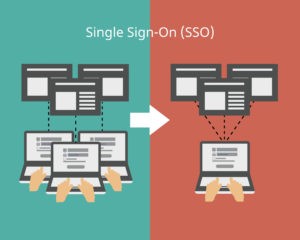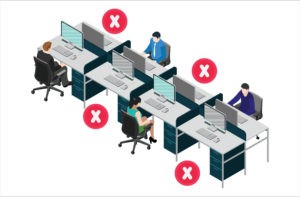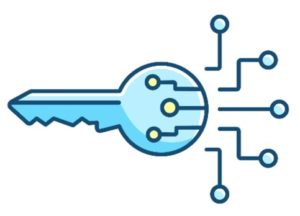What is Continuous Authentication?
Continuous Authentication explained. Continuous authentication/continuous 2FA is an advanced method of identity verification. This mechanism runs the authentication protocol an ongoing basis from the start of a session to the…
Read MorePrevent Password Problems
Playing the password game isn’t hard – but winning at it is like playing chess with no way to checkmate the opponent. That’s going to cause a lot of password…
Read MoreSeamless MDT Login with Auto-Lock for Patrol Cars
Compliance requirements for law enforcement’s MDTs are getting stricter and requires a solution that meets the needs of both the user’s ease-of-use and the IT team’s need for stronger security.…
Read MoreHow Single Sign-on Works
SSO (single sign-on) is an authentication mechanism that allows users to login once using a single login account to access multiple applications or websites without re-entering the same login credentials.…
Read MoreShared Clinical Workstation Security and Access
Clinical computers are usually shared chaotically between clinicians and present unique vulnerabilities for IT teams in the healthcare ecosystem. The shared clinical workstation is used by physicians for nearly everything:…
Read MoreAutomatically Lock Computer When You Walk Away
Automatically lock computers when users walk away, both at the office and offsite. Lock unattended computers automatically when users step away using GateKeeper Proximity’s computer auto-lock feature. As long as…
Read MoreSee Who is Logging in on Shared Windows Accounts
Need to accurately audit access logs across the network due to a shared computer? Not easy to track who is logging in when to which computer? Usually, admins can go…
Read MoreBenefits of Hardware Tokens for Authentication
IT administrators have many responsibilities that require elevated access to the systems that they are responsible for maintaining. This makes them attractive targets for attackers looking to penetrate the most…
Read MoreHow to Automatically Launch Websites at Startup in Chrome
How to auto-launch websites on Chrome. Auto-launching applications saves lots of time. You can set your computer to open Chrome and launch any website you want at startup so you…
Read More








